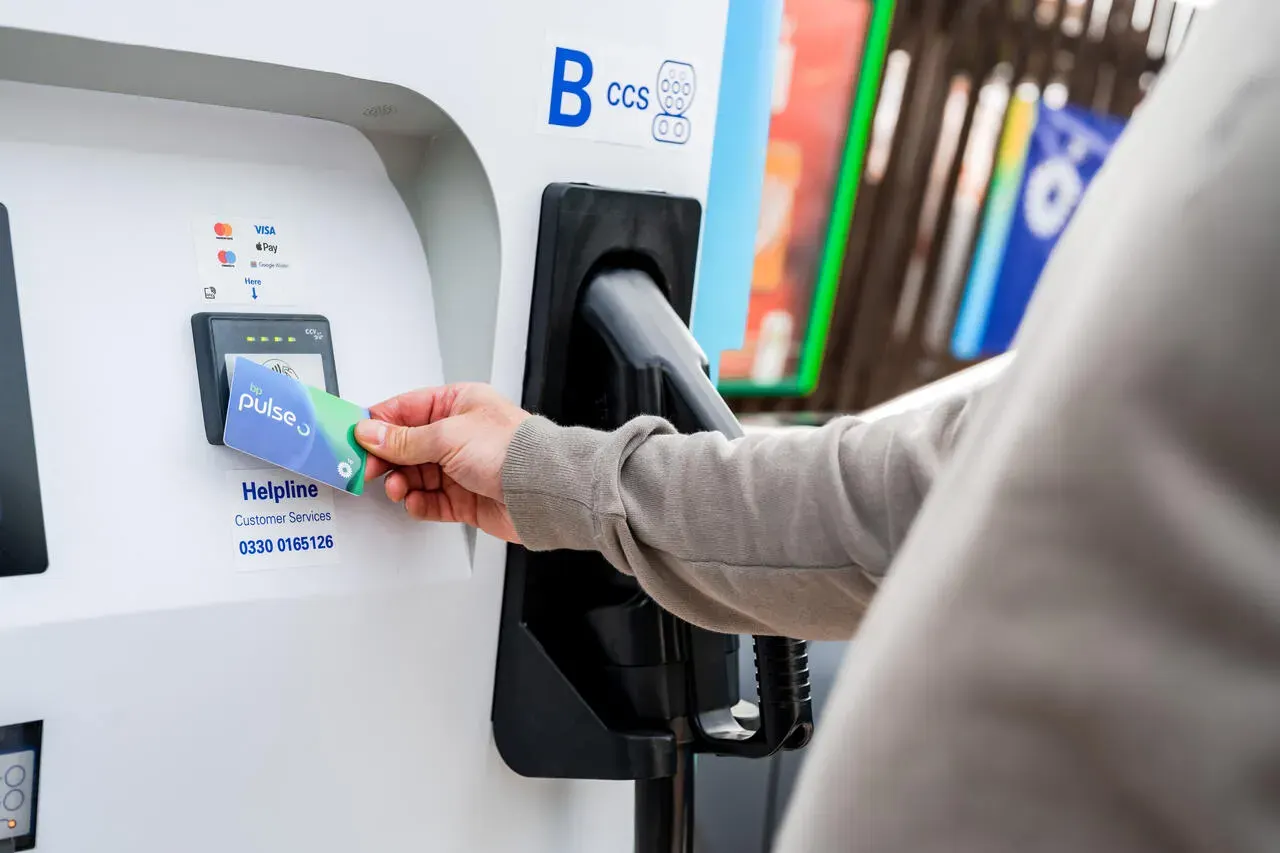4. How busy the charging site is
If lots of electric cars start charging at the same time, some sites will temporarily lower the charging speed across every charger to manage the energy they receive from the national grid. This is known as load management, or load balancing. Its aim is to make sure every charger keeps working, but it can slow down the charging rates for a while. Although most of the time this won’t limit the power you receive, you might experience a lower peak speed if the site is very busy.
Similarly, when two EVs share a single charger, the speed of charge can also drop as power is shared across each vehicle. If you have a choice of charging bays, it’s best to leave a gap between cars and select a charger that’s not in use. You can use the bp pulse app to find nearby charging points, and check whether they’re in use.
Think a charger isn’t offering the right power? We monitor all our bp pulse chargers, but sometimes faults do occur. If you think a charger isn’t working as effectively as it should please call our customer care team on to report the issue.









